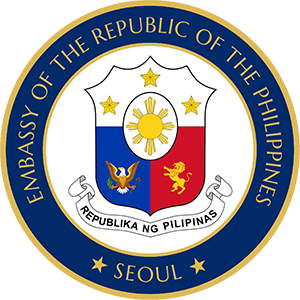Philippine Economy Impressive in 2007
Amid growing fears of global slowdown, the Philippines managed its best economic performance in over three decades. The economy surged by 7.4% in the last quarter, bringing about a 31-year record high of 7.3% real GDP growth rate. The expansion was driven by strong consumer spending, public construction, and exports of services even as merchandise exports weakened. Under the Arroyo administration, the economy grew with the highest GDP average of 4.4% in the period 2001-2006, vs. Estrada's 2.8% in 1998-2000, Ramos' 3.7% in 1992-1998, and Aquino's 3.7% in 1986-1992.
The government forecast for 2008 is a slower 6.3 – 7% as the expected slowdown in the US, its largest export market, takes its course. The International Monetary Fund commended the Philippine authorities for the strong growth, low inflation, sustained fiscal consolidation, and improved investor confidence. It retains its projection of 6% growth rate for the country in 2008. Several analysts are optimistic that as the country is not as export-dependent as its neighbors like Singapore, Malaysia and Taiwan, it is not as vulnerable to weakening foreign demand.
The domestic economy vastly improved in 2007: inflation rate at 2.8%, unemployment at 7.3%, and bank lending rates at 8.68%, the lowest in over 20 years. Remittances of overseas Filipinos swelled 15% to $14.5 billion, another record. Budgetary deficits that sap domestic savings and bring about high cost of money was down to PhP 9.4 billion and government expects to achieve a balanced budget in 2008, a historical record. Fiscal reforms of recent years including higher VAT trimmed the deficits gradually from PhP 210.7 billion in 2002.
While merchandise exports managed a 5% growth in the first 3 quarters, service exports grew vigorously. Revenues from information and communication technology (ICT) services, including call centers, back offices, engineering design, medical transcription and animation surged by 48% to $5 billion, creating 150,000 new jobs and total employment of 403,000. The Philippines will shortly replace India as the leading call center country. Among investors in the sector are Indian firms escaping high cost and lack of appropriate manpower in their country.
In the 4th quarter of 2007, approved foreign direct investments (FDI) grew by 492% to PhP 102.6 billion. Total FDI for the year reached PhP 215 billion, 29.8% higher than the previous year. Among the large foreign investors is Hanjin Shipbuilding, now constructing its $1.5 billion shipyard in Subic and about to start building a $2 billion bigger yard in Misamis Oriental. The combined FDI and domestic investments for the year was PhP 385.8 billion, 8.1% higher than 2006.



 December 18, 2025
December 18, 2025
 December 14, 2025
December 14, 2025
 December 11, 2025
December 11, 2025
